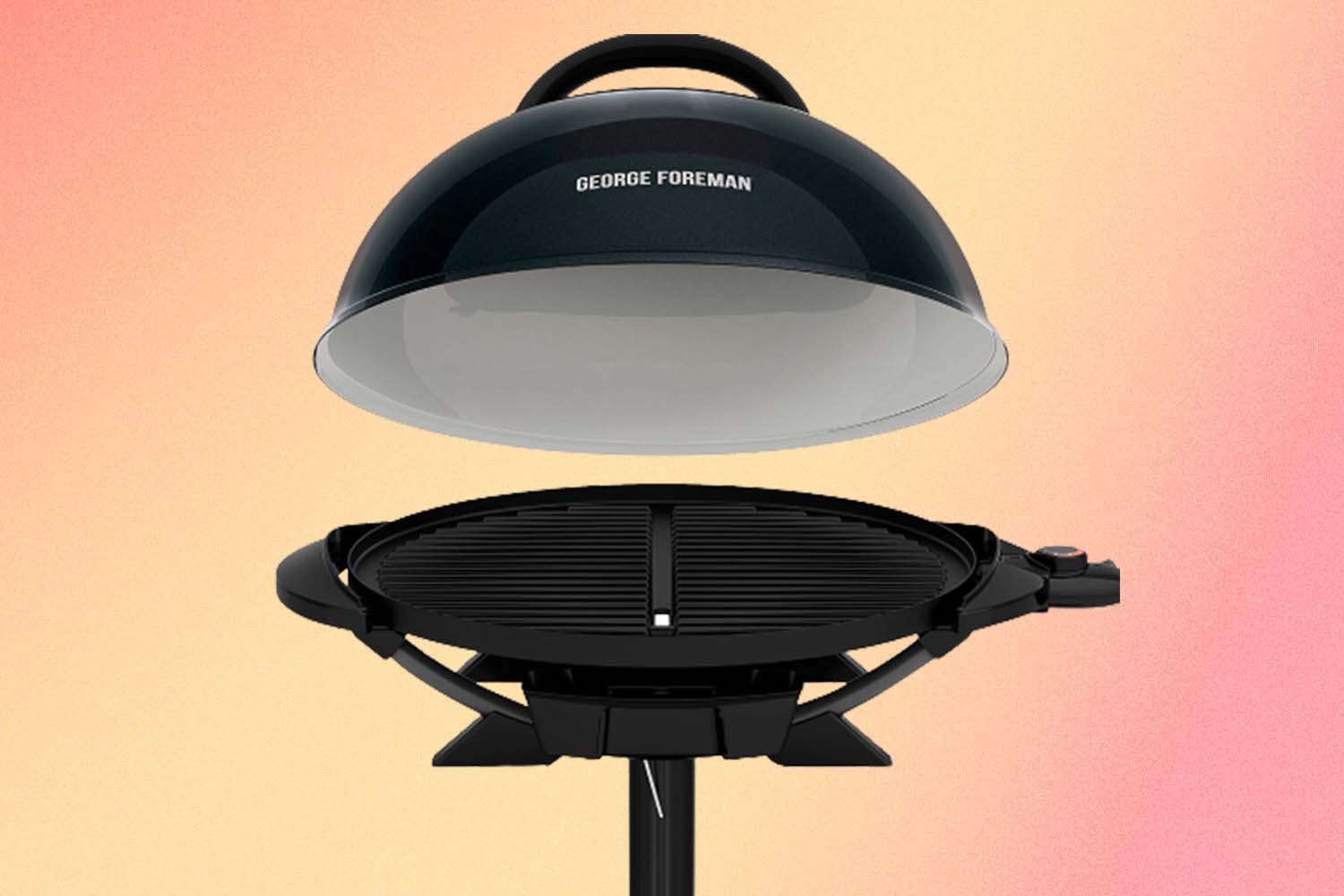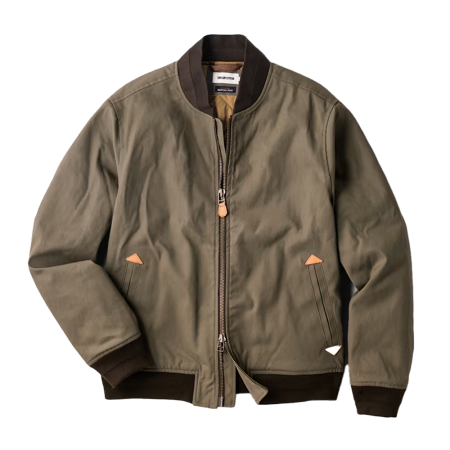Nota bene: All products in this article are independently selected and vetted by InsideHook editors. If you buy something, we may earn an affiliate commission.
This is Stuff We Swear By, a series in which our editors expound on an item they use (and love) on a daily (or near-daily) basis.
Item: George Foreman GGR50B Indoor/Outdoor Electric Grill
Description: When you live in New York, your grilling options in apartment buildings are limited: You can either use a communal grill on the rooftop (if available and probably not cleaned properly by the prior user) or use an electric grill if you have outdoor space and access to a nearby plug. Charcoal and natural gas grills have limits — the latter even requiring approval from the Fire Department and the Department of Buildings — and propane is pretty much a no-no. Basically, if you want to start cooking outdoors without any hassle or bureaucracy (or worry about having the building go up in flames), electric is the way to go.
The George Foreman option features 240 square inches of circular grilling surface (which is non-stick), an indoor/outdoor removable stand, a plug with adjustable temperature control of five heat settings and a domed grill lid. A grill cover — which you should definitely get — is about $20 extra and allows you to keep the grill outside during inclement weather.

How I use it: When our apartment started getting too hot this summer to comfortably use the stove, we tried booking our apartment building’s grill. When that grossed us out (see above), we bought this grill for its low price and solid reviews. We considered Weber, given the brand’s reputation, but didn’t feel like spending $300-$400 — and a friend of ours had noted that the Weber grills took a while to heat up (as well, the Foreman grill was about one-third the weight along with being one-third the price).
In the month we’ve owned the George Foreman grill, we’ve cooked multiple lunches and dinners and used it when we hosted a party, where we comfortably cooked a package of sausages, some veggies and multiple steaks at the same time.
The set-up is simple: get your grill near a plug, then insert the plug/temperature probe into the unit’s side. Turn the heat dial up to one of five settings and wait, honestly, just a few minutes. Put your food on — we often separate different items by side (there’s a gently sloped crevice in the middle of the plate grill that drains any fat into a triangular grease trap hidden below the grill’s surface) — place the lid on, open the lid’s vent if necessary and then check every few minutes to see where you’re at. We usually flip the meat once and everything’s usually ready to eat in 15-20 minutes.
Why I swear by it: The worst part about grilling is usually the clean-up. Here, it’s minimal: Most of the fat and oils have already drained out, and the grill top cools down rather quickly. An hour after you’ve grill and turned the unit off, just unplug, take the grill plate to the sink and rinse/clean like any other tray. It’s heavy and you’ll want to keep the plug-in side away from water, but overall it’s an incredibly simple cleaning regiment.
So the grilling is fast, “healthy” and clean-up is a cinch…all of which means nothing if the food isn’t good. Good news: Every single meat or veggie we’ve placed on the grill has been superior in taste and juicier than when we cooked them in or atop the oven. The grilling has been more even as well — we have yet to undercook or burn anything. And during our one party, we received our first grilling compliment ever (“Wait…you actually did a good job with this”). Passive aggressive, but we’ll take it.
The only complaint we have is that the grill dome is a bit bulky, and while you can rest it on the grill’s side, it’s difficult if you’re working with a narrow space (like our puny apartment deck). Some other electric grills feature smaller lids or dome tops that are attached to a hinge.
The lack of wheels isn’t a problem here … if anything, that reduces the stand’s footprint, which will be great when we use the grill inside during the winter and most likely put it on our countertop. And we won’t be worried about smoke — our indoor fire alarms seem ready to scream out a warning if we cook any type of meat and/or dare to use oil, but so far we’ve noticed a negligible amount of smoke using our George Foreman grill outdoors. Sure, no nosy neighbor is gonna ask what’s cooking — they probably won’t notice and certainly won’t smell anything or see any smoke — but we’ll consider that a net positive.
Other options: Just because we now use the George Foreman grill for half of our meals doesn’t mean there aren’t other electric options available that offer advantages. At the very least, there’s a similar Foreman grill that’s rectangular in shape if that works better for your space, and it’s a little more colorful.
CUSIMAX makes an electric grill that’s not only made for the indoors but promises a smoke-free experience. The countertop model also features an LED readout and more precise temperature control.
And Homewell offers a very similar model to the Foreman grill, but also includes a 14.5″ cooking grill with upper warming/low-heat rack.
We've put in the work researching, reviewing and rounding up all the shirts, jackets, shoes and accessories you'll need this season, whether it's for yourself or for gifting purposes. Sign up here for weekly style inspo direct to your inbox.






















